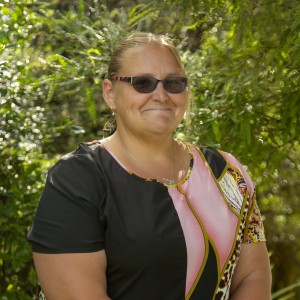The design process includes:
- Imagine
- Design
- Create
- Test
- Improve
The process continues around in a circle. The biggest thing we have learnt is that it takes trial and error to create things.
Challenge One
The students' first challenge was to build a house using marshmallows and pasta sticks. It had to be free-standing and could only be created with spaghetti sticks and marshmallows.
The beginning step in the design process is to come up with ideas. Students found this task challenging. A lot of their houses failed or fell over. Many needed to pull their house down and start again multiple times. Our ability to persevere was tested.
My house wouldn’t stand up the first 3 times I redesigned it. I talked to Liam who suggested that I needed to brace my walls using triangles.
My fourth house worked well as I made it smaller, increasing the wall support.
Evaluating our house building session highlighted that just pulling our house down and re-making it many times was not effective without knowing what the problem was.
As we explored the design process, we noticed a few steps that we had missed. Riley pointed out,
the design process has six stages and we missed over half of them.
Lunchbox Challenge
Students were challenged to design a dream lunch box. The criteria stated that it had to open and hold some food.
The imagine and design stages were the student favourites. It provided great opportunities for students to make mistakes, and to understand that no idea is wrong.
Showing all sides of the plan helps our parents know what parts are needed for our creation.
Prototypes enabled us to turn our ideas into reality. We explored different materials and designs creating a wide range of different lunch boxes.
Testing started even before we had finished building. A lot of our ideas didn’t work and required modification.
My lego lunch box means I can take it apart when I finish my lunch and build with it.
My drawing was detailed and looked how I imagined it. Building it was tricky. Finding materials that would work how I planned it was difficult. Then it fell apart when I hung it up. It failed the strength test. I saw how other groups had succeeded and improved my prototype.
Following a design process is useful for other areas of the curriculum. We have used the design process to plan and design our carvings. Starting with ideas, choosing one we like, creating a 3D model and then moving on to carving it out of soap. We understand we won’t get it perfect the first time, as no inventor does.
The salt dough was easy to model and make my design take shape. Carving it into soap was a lot more difficult.


Comments are disabled for this post.